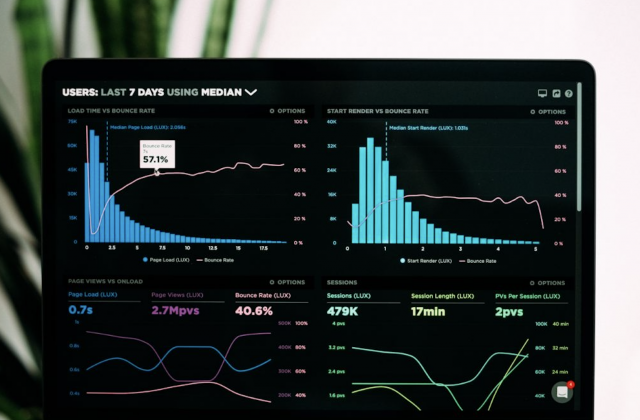Content amplification means broadcasting your brand message to your target audience. Amplification refers to the features of the products that you want to highlight. It is a process of promoting and distributing your company’s message, products, and services digitally through different channels, such as social media platforms, digital magazines, and video-sharing sites.
Amplifying your content
The role of an SEO agency isn’t limited to distributing your website’s content. Its first job is to develop the type of content that best attracts laser-targeted visitors, offers exceptional value, and entices them to make a purchasing decision. Once the agency develops the content, it looks for different formats to publish it apart from your website. Businesses’ most popular content formats include case studies, white papers, ebooks, digital magazines, podcasts, virtual events, and research reports.
Distributing the content in different formats is one part of amplifying your content. The most crucial part is identifying the amplification strategies that would work best for your brand. Some of the most popular content amplification strategies are as follows:
• Owned media – Owned media refers to your assets, such as blogs, website, and your email list. This strategy aims to promote your website’s content so that it entices your audience to visit your website and spend as much time on it as possible. This is also an excellent way of boosting your website’s organic traffic.
• Earned media – Earned media means the coverage or brand promotion that takes place via press releases, influencers, word-of-mouth, and public relations. The strategy here is to reach out to influencers and make a deal where they agree to promote your brand in return for money or merchandise.
• Paid media – As the name suggests, paid media means spending money on different media channels to promote your brand message. Some online media channels where paid media works wonders are social media advertising, sponsorships, partner emails, native ads, and banner ads. According to recent statistics from Forbes, most people who spend a significant amount of time online are exposed to approximately 4,000 to 9,000 ads every day. This highlights the immense power of paid media.
• Shared media – Online communities are another platform where you can promote your brand’s message without paying money. This can also boost organic traffic to your website, thus increasing your chances of creating leads and eventually converting them into customers.
Developing the right content amplification strategy
The best way to figure out the content amplification strategy that works for your brand is by defining your target audience. First of all, you need to narrow your target audience down to their age, location, and even gender (if you are selling gender-specific products). Next, you have to determine whether they are on social media or not since social media is one of the best platforms to amplify your content. This should get your campaign going and may provide positive results in the form of more leads and increased conversion rates.
Content amplification involves finding new ways to ensure that your brand’s message not only reaches your target audience but resonates with them. However, remember that not all content amplification strategies are created equal, so it’s essential to do your testing to find the one that generates the most leads.


